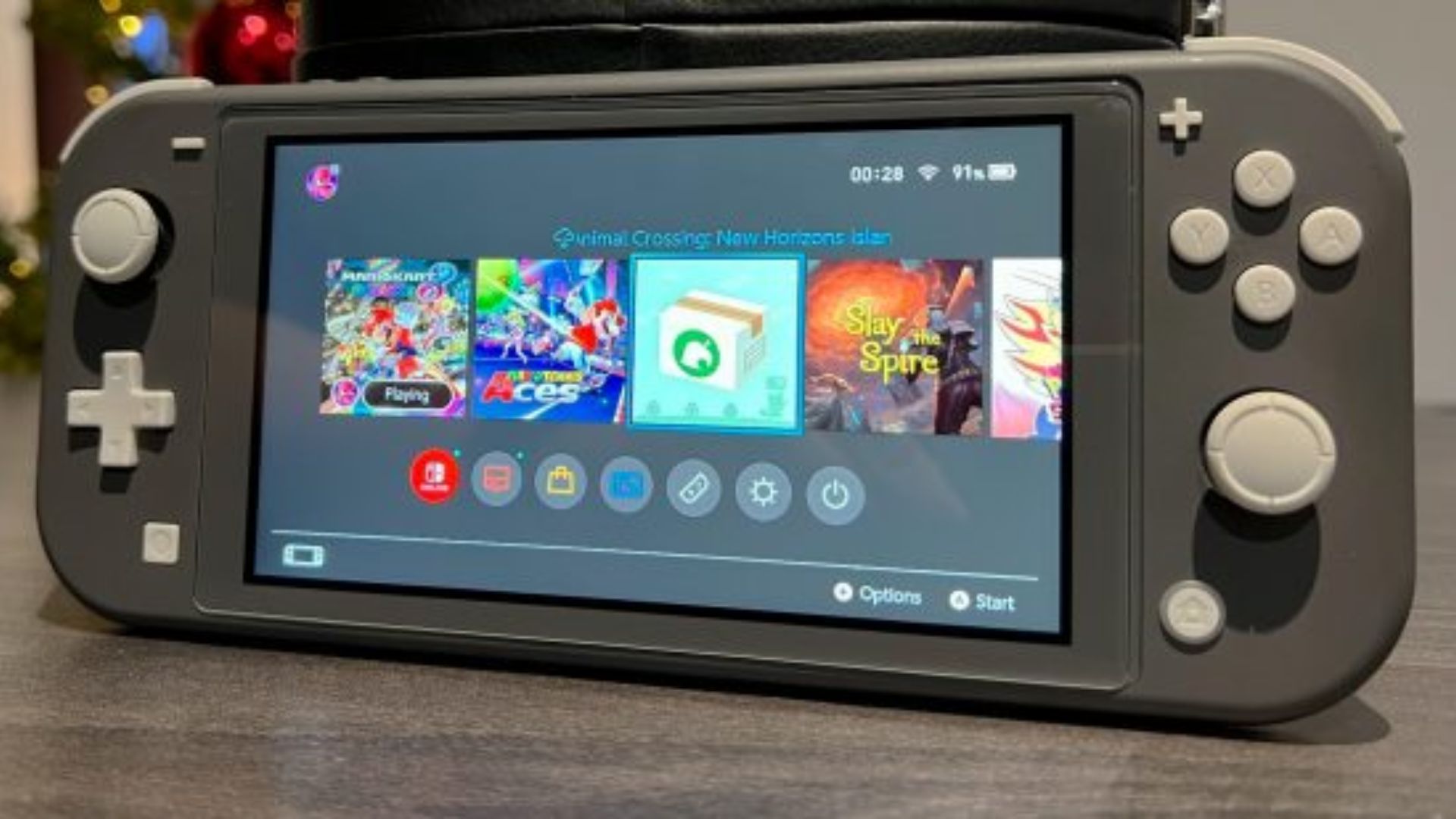From bulky brick to sleek smartphone, the world of handheld gaming has undergone a staggering metamorphosis. We’ve journeyed from pixelated adventures on monochrome screens to breathtaking open worlds in the palm of our hands. Join me as we unpack the evolution of handheld gaming and how mobile gaming has revolutionized the industry:
Early Days: Pioneering Pixels
The 1970s saw the dawn of handheld gaming with classics like Mattel’s Auto Race and Milton Bradley’s Microvision. These single-game devices laid the groundwork for future innovations, like Nintendo’s iconic Game & Watch series, which introduced interchangeable cartridges and beloved characters like Donkey Kong.
The Game Boy Revolution
In 1989, Nintendo unleashed the Game Boy, a green monolith that changed the game forever. With its interchangeable cartridges, long battery life, and iconic titles like Tetris and Super Mario Land, the Game Boy became a global phenomenon, cementing Nintendo’s dominance in the handheld market.
Color Invasion and Technological Leaps
The 1990s witnessed a kaleidoscope of color bursting onto handheld screens. Sega’s Game Gear and Atari’s Lynx offered vibrant visuals, while Nintendo countered with the Game Boy Color and later, the Game Boy Advance (GBA), boasting advanced features like backlighting and shoulder buttons. These advancements paved the way for complex RPGs and immersive 3D experiences like Pokémon Ruby and Sapphire.
The Rise of Mobile Gaming
The 21st century ushered in a new era – the era of mobile gaming. Smartphones and tablets equipped with touchscreens and powerful processors became the de facto platforms for handheld gaming. Titles like Angry Birds and Candy Crush Saga captivated millions, demonstrating the potential of the mobile market.

Convergence and Cloud Gaming
Today, the lines between traditional handhelds and mobile gaming are blurring. Consoles like the Nintendo Switch offer hybrid functionality, transitioning seamlessly between TV and handheld play. Meanwhile, cloud gaming services like Google Stadia and Nvidia GeForce Now stream high-end games directly to devices, breaking down the hardware barrier.
Impact and Legacy
Mobile gaming has transformed the industry in profound ways:
- Accessibility: Games are now readily available, affordable, and accessible to a wider audience than ever before.
- Social Play: Multiplayer experiences flourish on mobile platforms, fostering online communities and real-time competition.
- Innovation and Experimentation: The mobile marketplace encourages rapid development and experimentation, leading to diverse and unique gaming experiences.
- Cross-Platform Convergence: Traditional developers are embracing mobile, fostering collaborations and blurring platform boundaries.
A Future Filled with Possibilities
The future of handheld gaming is brimming with potential. Advancements in augmented reality, virtual reality, and cloud gaming technologies promise even more immersive and mind-blowing experiences. The lines between entertainment, social interaction, and education will continue to blur, creating exciting new possibilities for both developers and players.
Remember, the story of handheld gaming is a testament to human ingenuity and our insatiable desire for play. From pixelated pioneers to mobile marvels, the journey has been exhilarating, and the future promises even more thrilling adventures in the palm of our hands.
















Add Comment